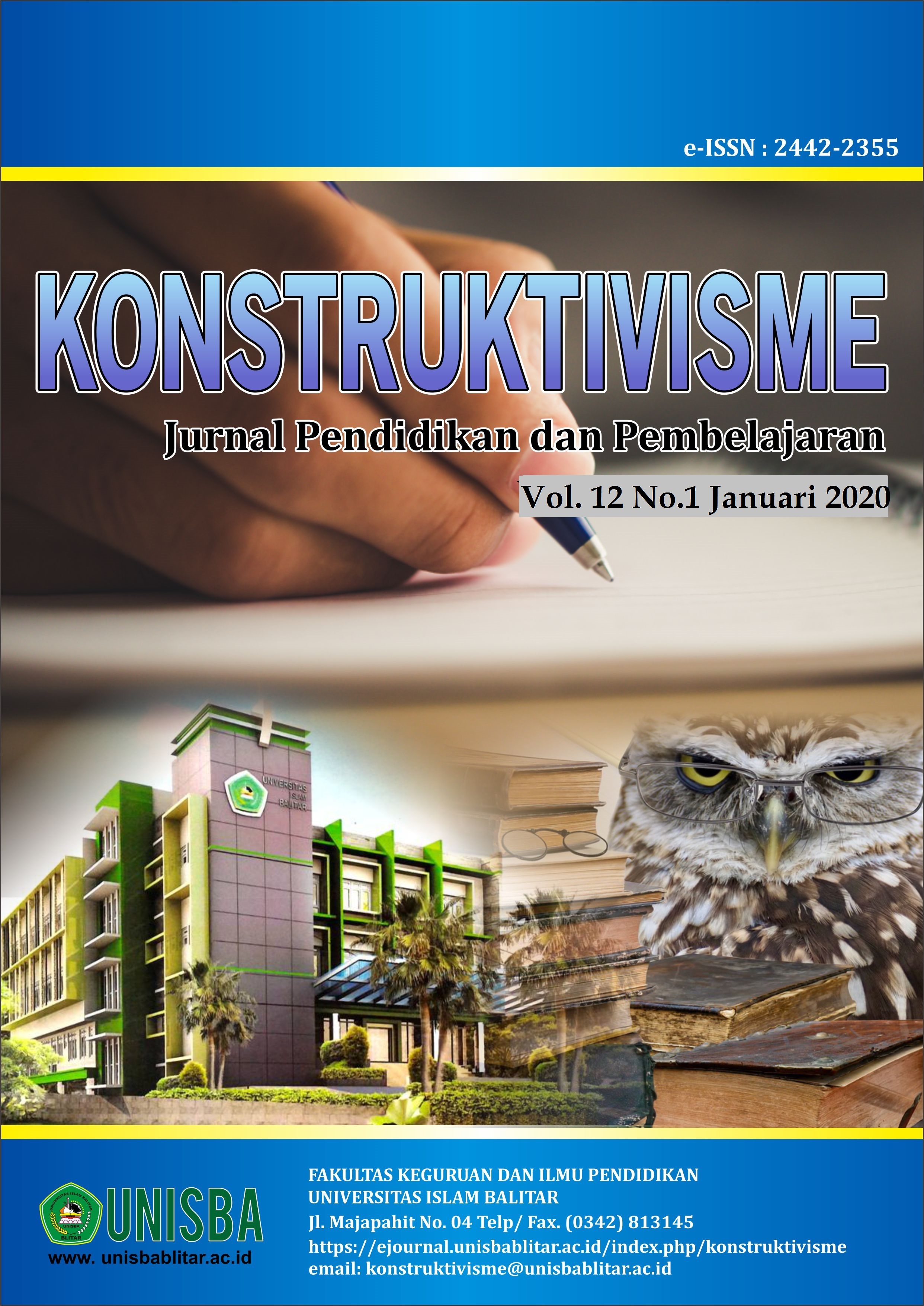THE ANALYSIS OF LANGUAGE GAMES AND PRIVATE LANGUAGES ON HANS CRISTIAN ANDERSEN (THE LITTLE MATCH GIRL)
Abstract
This research focuses on a syntactical analysis of The Little Match Girl, a short story by Hans Christian Andersen, based on Wittgenstein’s language games and private languages theories. The story is about a dying child’s dreams and hope. In this short story, there are some arrangements of sentence structure which do not obey the rules of grammar. The objective of the study is to analyze this short story syntactically, which uses some formulated grammar rules to map a sentence to a formal representation of its syntactic structure, which is also a part of the theory. The research method was descriptive qualitative. To collect the data, the researcher used documentation and observation methods. In the analysis, the researchers analyzed by using grammar rules then presented in form of tables. The finding showed that some sentences do not obey the grammar rules (private language) in 1a, 2a, 3a, 4a, 5a, 6a, and 7a but then they are checked in the correct grammar and corrected (language game) (see 1b, 2b, 3b, 4b, 5b, 6b, and 7b). However, they are still understandable because it is easy to understand the content of the story of The Little Match Girl as he has his own specific private languages to get aesthetics of writing. To conclude, Hans Cristian Andersen has his own specific private languages so that he does not obey the grammar rules in writing his short story because it is part of poetical license.
Downloads
References
Andersen, Hans Christian. (2012). The Little Match Girl B. B. a. S. Parminter (Ed.) Oxford: Oxford University Press.
Bernard Beatty, Tony Howe, Charles E. Robinson. (2008). Liberty and Poetic License-New Essayson Byron. Liverpool: Liverpool University Press.
Kenny, Anthony. (2007). Philosophy in the Modern World (A New History of Western Philosophy; V. 4). Oxford: Oxford University Press.
Miller, Jim. (2002). An Introduction to English Syntax. Edinburgh: Edinburgh University Press.
Nhat, T., & Cam, T. T. H. (2019). A Syntactic Analysis of English Short Stories for Children. Taïp Chí Khoa Hoïc, 15. Vietnam: Qhuy Non University.
Nugraheni, S. A. (2016). The Syntactical Analysis of Sentence Types in Pitch Perfect 2 Movie and Its Application in Teaching Grammar at The Eleventh Grade of Vocational High School. Purworejo: Purworejo Muhammadiyah University.
Purwata, I. (2008). A syntactical analysis on sentence patterns used in Westlife’s song lyrics. Doctoral dissertation. Malang: Universitas Islam Negeri Maulana Malik Ibrahim.
Ritchie, Chris Mellish and Graeme. (2005). The Grammatical Analysis of Sentences. UK: Springer.
Rosenbaum, John W. (2016). Poetic License: Learning Morality from Fiction in Light of Imaginative Resistance. Teorema, XXXV(3), 165-183.
Sells, Jong-Bok Kim and Peter. (2008). English Syntax: An Introduction. Chicago: Chicago University Press Book.
Tyson, Lois. (2006). Critical Theory Today (second edition ed.). London: Routledge.
Copyright (c) 2020 Konstruktivisme : Jurnal Pendidikan dan Pembelajaran

This work is licensed under a Creative Commons Attribution-ShareAlike 4.0 International License.
Authors who publish with this journal agree to the following terms:
- Authors retain copyright and grant the journal right of first publication with the work simultaneously licensed under a Creative Commons Attribution License that allows others to share the work with an acknowledgement of the work's authorship and initial publication in this journal.
- Authors are able to enter into separate, additional contractual arrangements for the non-exclusive distribution of the journal's published version of the work (e.g., post it to an institutional repository or publish it in a book), with an acknowledgement of its initial publication in this journal.
- Authors are permitted and encouraged to post their work online (e.g., in institutional repositories or on their website) prior to and during the submission process, as it can lead to productive exchanges, as well as earlier and greater citation of published work (See The Effect of Open Access).





